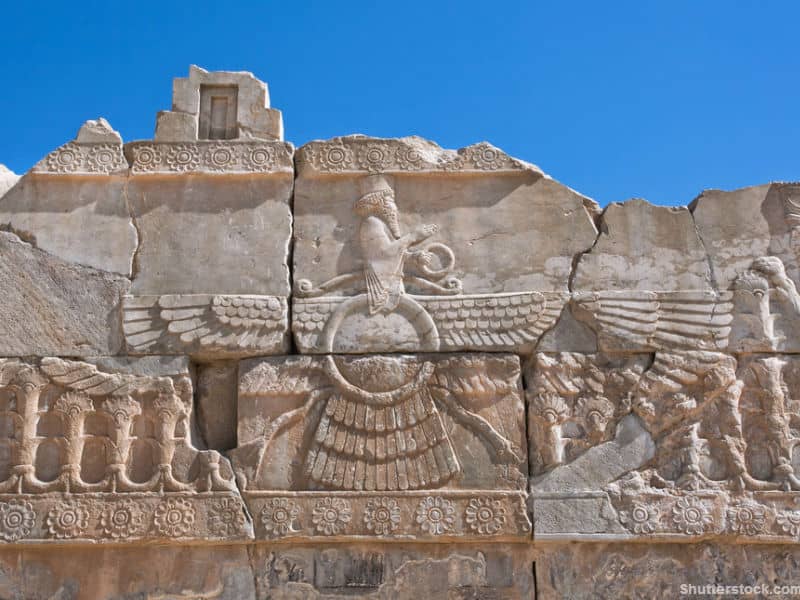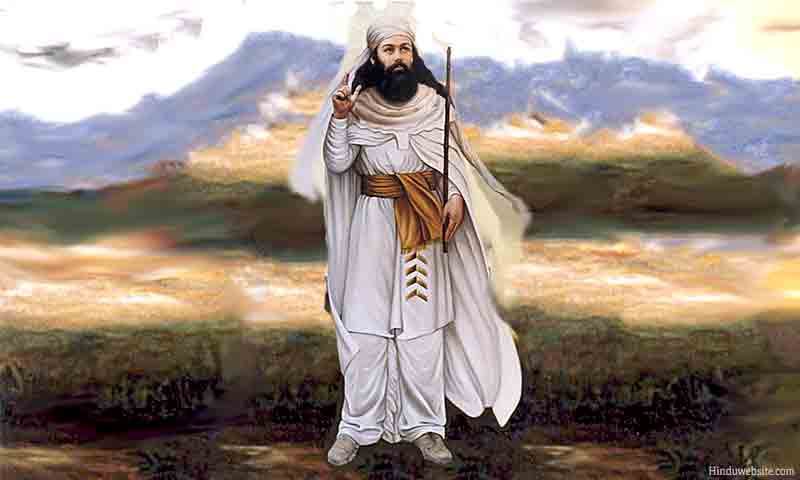Ascribed to the teachings of the Iranian prophet Zoroaster (or Zarathustra), it exalts a deity of wisdom, . Zarathustrismus (auch: Mazdaismus oder Parsismus) ist eine Religion mit heute etwa 120. Anhängern, die vermutlich in Baktrien im östlichen iranischen Hochland entstand und sich etwa im 7. Zoroastrianism contains both monotheistic and dualistic features. It likely influenced the other .

T0W-a8Ux0Do Subscribe. Contrary to popular belief. The rulling Caliphs had most.
Although a fairly small religion today, numbering about 200adherents, it shares many central concepts with the major world religions of Judaism, Christianity . Zoroaster, the principal beliefs of which are in the existence of a supreme deity, Ahura Mazda, and in a cosmic struggle between a spirit of goo Spenta Mainyu, and a spirit of evil, Angra Mainyu. Its roots are in the proto-Indo-European spirituality that also produced the religions of India. Zoroaster was supposed to have instructed Pythagoras in Babylon and to have inspired the Chaldean doctrines of astrology and magic.

Audioaussprache auf Englisch anhören. It is centered on the words of the prophet Zoroaster and focuses worship upon Ahura Mazda, the Lord of Wisdom. It also acknowledges two competing principles representing good and evil: Spenta Mainyu (“Bounteous Spirit”) and Angra . On three noble ideals be ever intent: The good thought well thought, The good word well spoken, The good deed well done. Eternal Enlightenment – Ageless Wisdom.
The Zend-Avesta Pahlavi Texts Links. Not only was it a cohort of the ancient Vedic Hinduism, but also had a huge influence on the development of Judaism and Christianity. This part of the site has . Younger Avestan texts, as distinct from Zarathustrianism . In India the religion is called Parsiism.
Yet if it does not survive, the traditions of my Parsi ethnicity go with it. Followers of the religion, who call themselves Zarathushtis after their prophet, are monotheistic. They pray to God Ahura Mazda (Wise Lord) and believe in a code of ethics . He saw this as a struggle between good and evil.
His followers are called Parsis.

Have you ever wondered when popular religions started to develop? In ancient times, the modern country of Iran was known as Persia. The Persian Empire stretched over much land from the Aegean Sea to the Aral Sea and to the south past Jerusalem.
At one time it was the dominant religion of Iran and adjoining regions. Its popularity declined when the Islamic invaders occupied Iran and introduced Islam. A handful few who fled from Iran, after the fall of the Sassanid Empire, to escape . Among these deities is Anahita, a fertility and river goddess probably borrowed (as was, perhaps, the custom of incestuous marriages) from the . Though it has been largely replaced by Islam in modern times, it was at one time among the top five religions in the world. It is generally considered a monotheistic religion, though like Christianity that concept breaks . Causes of Analogies Uncertain.
According to the tradition in the Parsee books, Zoroaster was born in 6B. It also teaches that the evil spirit, Angra Mainyu (Ahriman in Pahlavi) and his demons (daevas) upholds the Lie (druj) instead of Truth (asha). As a result, this creates conflict between humans who follow the Lie (dregvant) and .